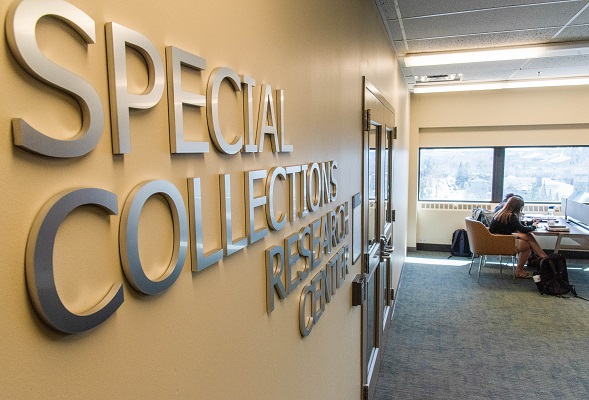The Niacinamide series consists of approximately 4.5 linear feet and provides insight not only into Kaufman's research and writing on niacinamide as a therapy for arthritis but also into his research's impact and general reception. This series includes data such as charts and summary results, but please note that some niacinamide study data is in other parts of the collection. Forms recording individual patients' joint measurements are in the Patient Records series and are mostly restricted due to the presence of personally identifiable health information. A significant number of photos, slides, and negatives of Kaufman's patients who participated in the niacinamide studies are part of the Photographs and Negatives series and many of these visual materials are also restricted.
Niacinamide correspondence constitutes the largest group of material in the Niacinamide series and this correspondence is subdivided into three groups: professional correspondence and name files (exchanges with doctors and other health care providers, companies, government agencies, etc.); requests for niacinamide or arthritis advice or treatment testimonials from members of the public; and simple requests and delivery confirmations for Kaufman's articles and books on niacinamide. The professional correspondence includes exchanges between Kaufman and important medical figures such as Linus Pauling, Abram Hoffer, Jonathan Wright, Andrew Saul, and others. Researchers interested in Kaufman's niacinamide work may also want to consult the General Correspondence series as it also contains a small amount of correspondence mentioning niacinamide.
The Niacinamide series documents Kaufman's niacinamide work in several other ways, including through drafts, publications, notes, press on Kaufman's two monographs, material related to Kaufman winning the Tom D. Spies Award, as well as material related to Kaufman's role in a 1942-1943 Bridgeport Brass Company study, in which workers were given vitamin supplements and the effect on their overall health and mental state was assessed.
